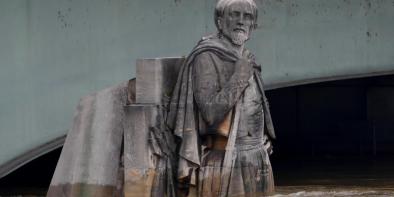Science Source
Trends in indices for extremes in daily temperature and precipitation in central and western Europe, 1901–99
- Analyzes 20th century trends in six indices for precipitation extremes and four indices for temperature extremes, calculated from daily observational data for European stations
- States that most of the ∼80 stations used are situated in central and western Europe; therefore, results mainly refer to this region
- Calculates trends over 1901–99, 1921–99, 1901–50 and 1946–99
- Finds that:
- Significant increasing precipitation trends over the 20th century dominate in winter for both average precipitation intensity and moderately strong events; while simultaneously, the length of dry spells generally increased insignificantly
- There are few significant trends of any sign for precipitation indices in summer, but there are insignificant drying trends over Scandinavia and wetting trends over central and western Europe for 1921–99. The length of dry spells in summer generally increased insignificantly
- Both the warm and cold tails of the temperature distribution in winter warmed over the entire 20th century
- Warming of winters during 1946–99 occurred in both the warm and cold tails for both Tmax and Tmin, with the largest warming in the cold tail for Tmin
- The warm tail of daily Tmin (and to a smaller extent Tmax) in summer warmed significantly during the past century
- There is more evidence for summer warming in the first half of the century compared with the second half
Related Content
Headline

Jun 5, 2016 | Grist
Record-breaking floods hit Paris. Get used to it.
Headline

Jun 5, 2016 | The Big Story
Paris museum reopens as French floods slowly ease
Headline

Jun 5, 2016 | Climate News Network
Europe's floods come as no surprise
Science Source
| Hydrology and Earth System Sciences
Understanding flood regime changes in Europe: a state-of-the-art assessment
Hall, J., Arheimer et al


